Every year in summer thousands of pilgrims from all over Haiti make the religious journey to the Saut d'Eau waterfall in Haiti.
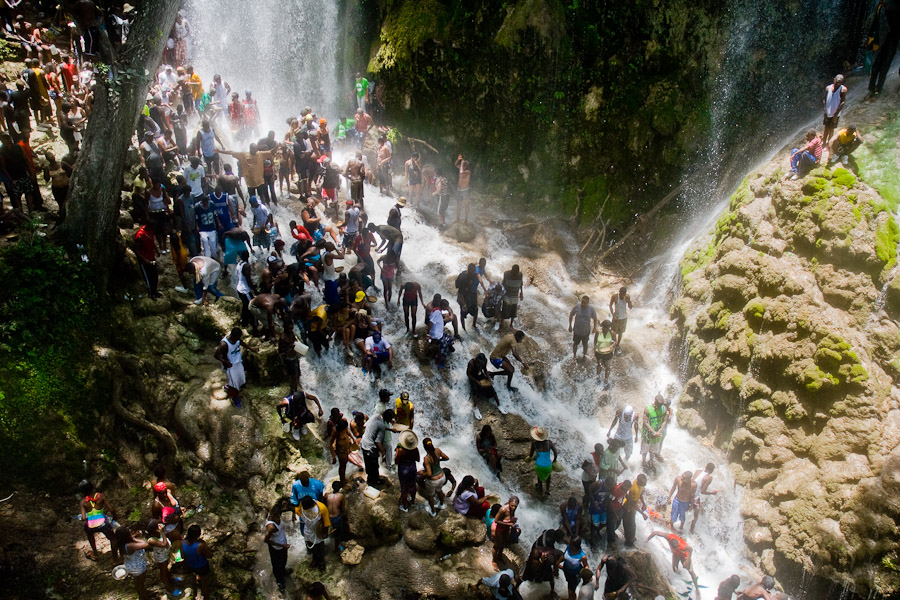

Noisy drum music and dancing are the integral part of the Saut d'Eau religious feast in Haiti.
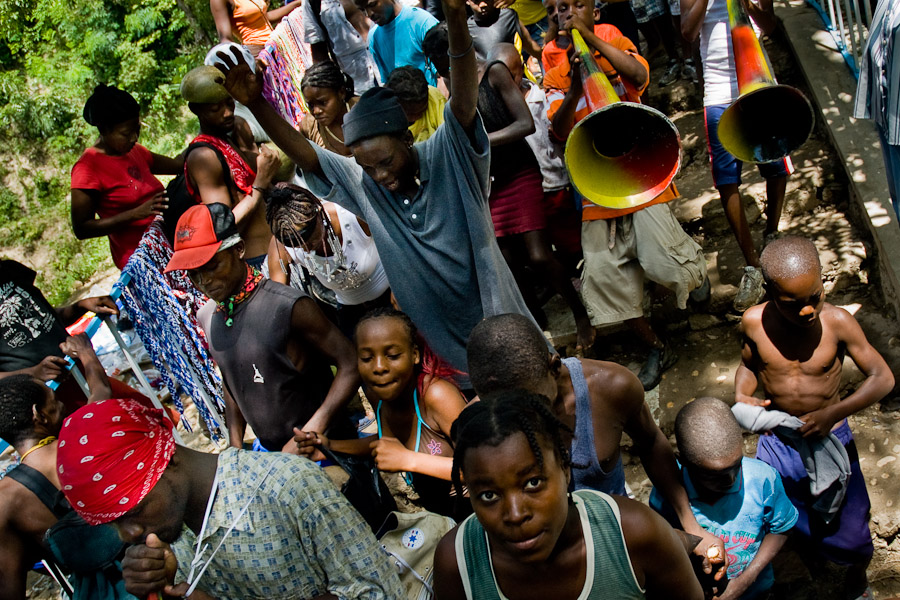

Haitian women perform a bathing and cleaning ritual under the waterfall during the annual religious pilgrimage in Saut d'Eau, Haiti.
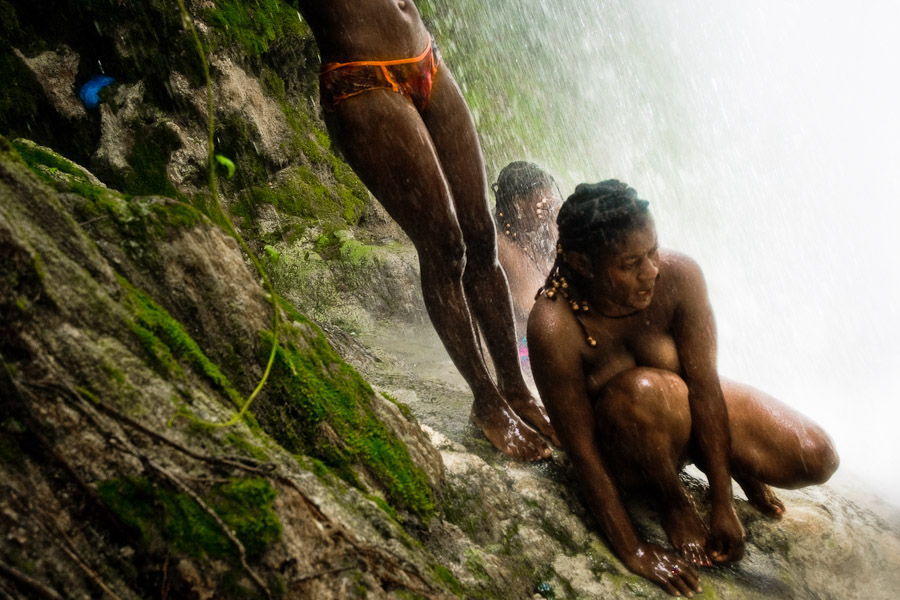

The Saut d'Eau waterfall, a main pilgrimage site in Haiti since 1847 when Virgin Mary has appeared on a palm tree here.
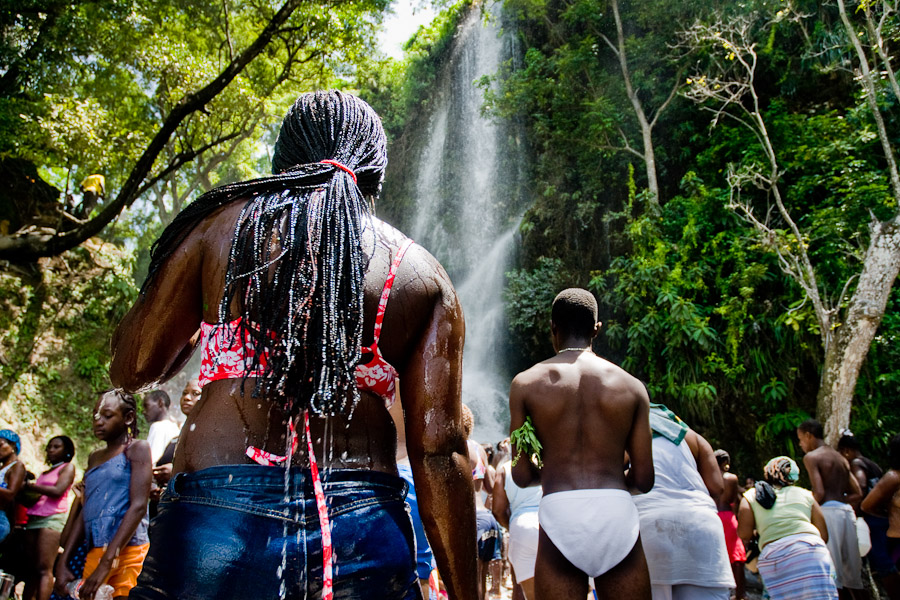

A Haitian woman bathes under the waterfall during the annual religious pilgrimage in Saut d'Eau, Haiti.
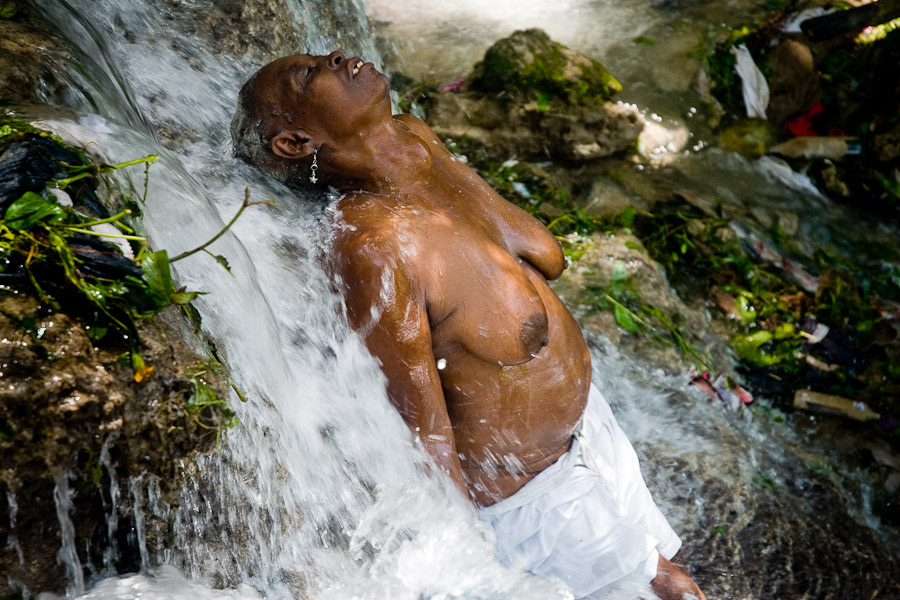

A spontaneous gathering of people under the Saut d'Eau waterfall shows the moment when some of the Vodou spirits of Iwa have manifested themselves.
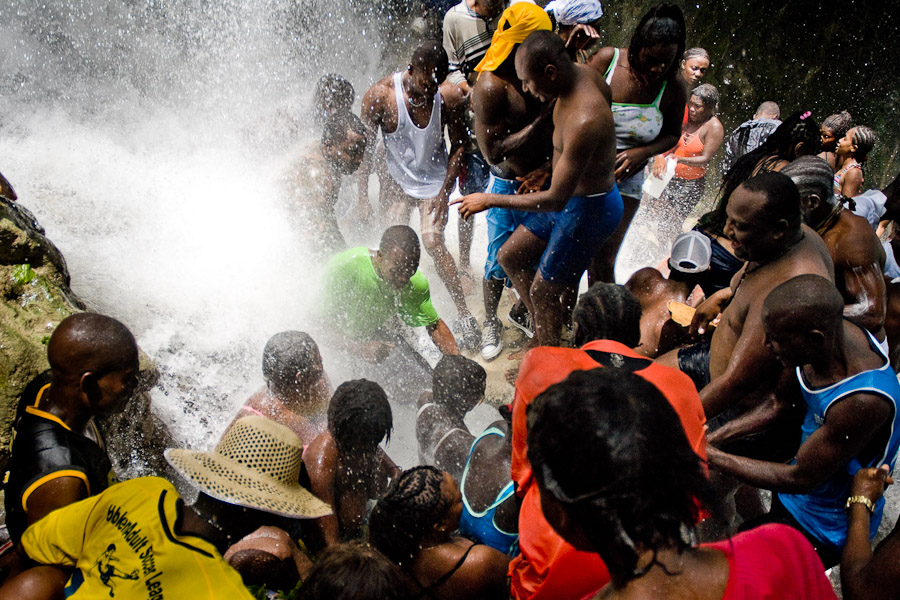

A Haitian woman performs a bathing and cleaning ritual, using medicinal herbs, under the waterfall during the annual religious pilgrimage in Saut d'Eau, Haiti.
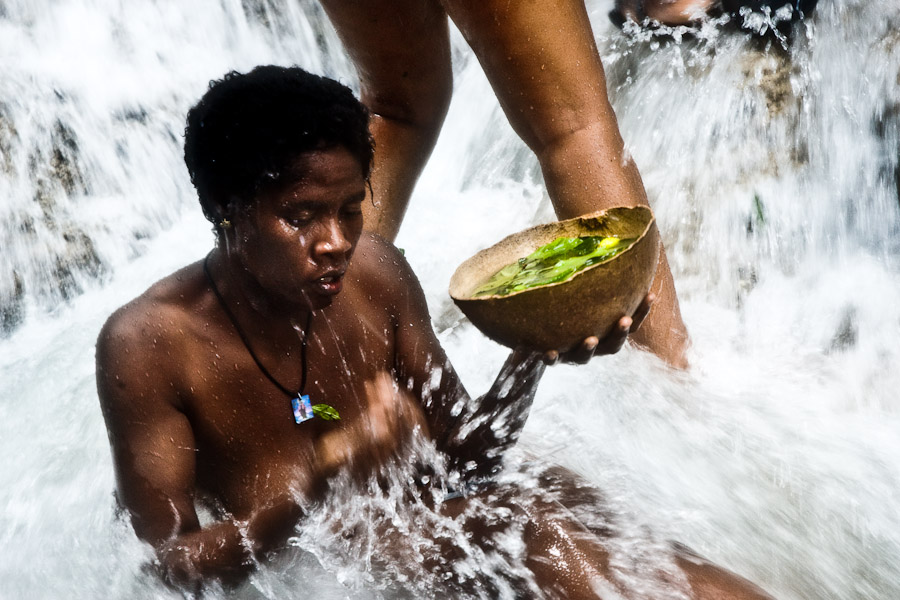

A Haitian woman seen in trance under the waterfall, supposedly possessed by a Voodoo spirit, during the annual religious pilgrimage in Saut d'Eau, Haiti.
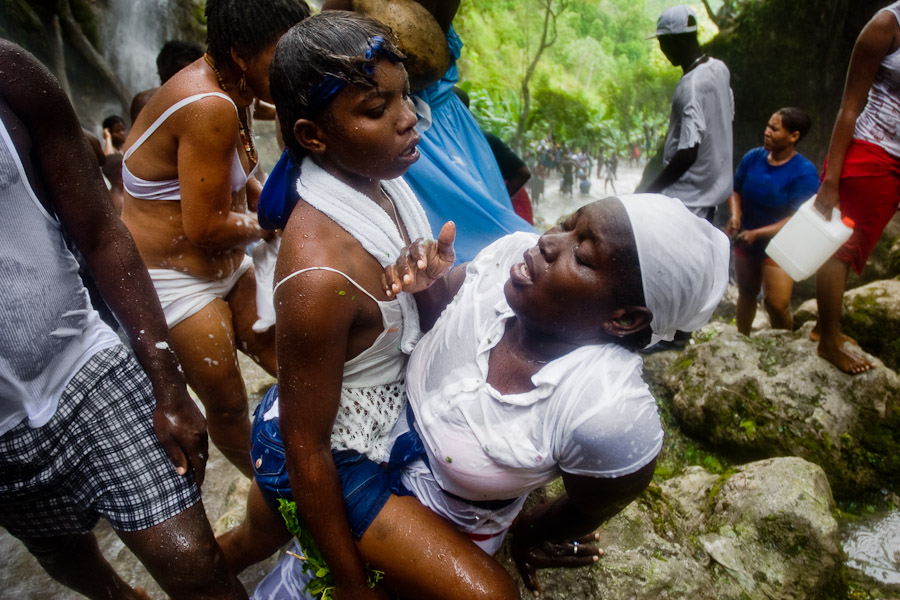

A Haitian man performs a bathing and cleaning ritual under the waterfall during the annual religious pilgrimage in Saut d'Eau, Haiti.
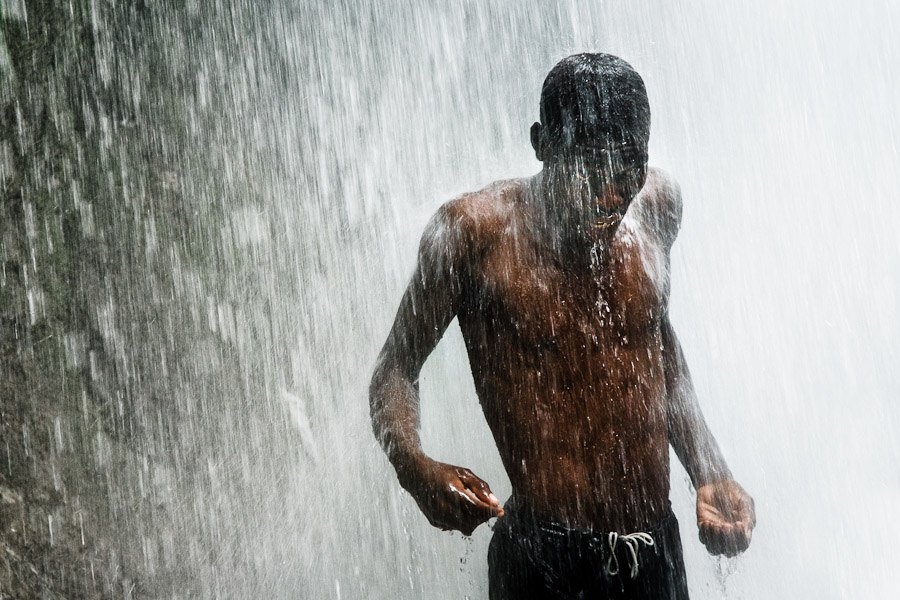

Voodoo and Catholic ritual Saut d'Eau
Saut d'Eau, Ville Bonheur, Haiti – 19 July 2008
Every year in summer thousands of pilgrims from all over Haiti make the religious journey to the Saut d'Eau waterfall (100km north of Port-au-Prince). It is believed that 150 years ago the spirit of Virgin Mary (Our Lady of Mount Carmel) has appeared on a palm tree close to the waterfall. This place became a main pilgrimage site in Haiti since then. Haitians wearing only underwear perform a bathing and cleaning ritual under the 100-foot-high waterfall. Voodoo followers (many Haitians practise both voodoo and catholicism) hope that Erzulie Dantor, the Voodoo spirit of water, manifest itself and they get possessed for a short moment, touched by her presence.

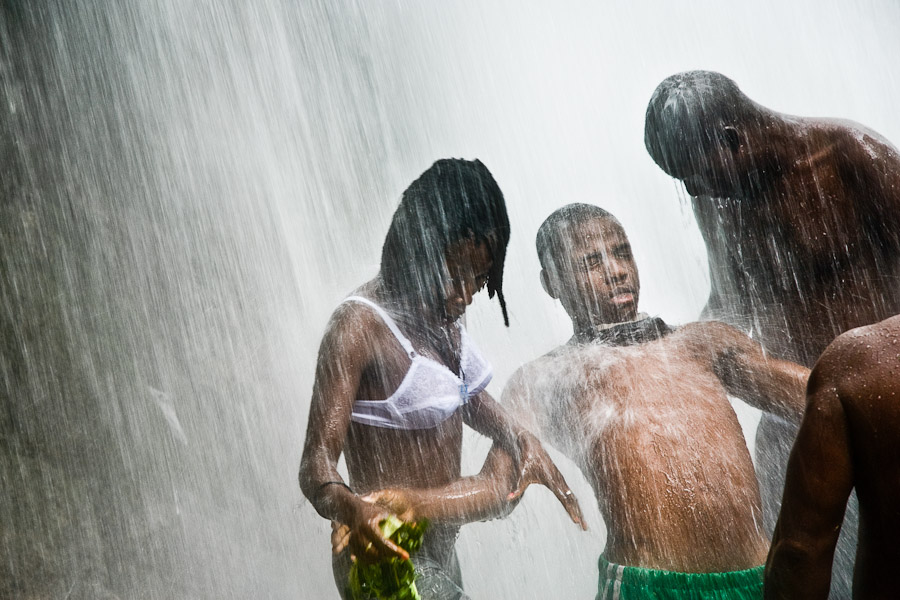
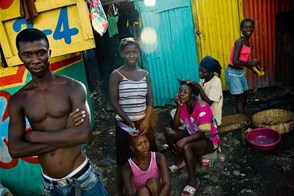
. During the Dark Ages, some nordics have recycled their own pagan rituals into christian rituals so that their conversion to christianity could be more "acceptable",
Bollocks, don't blame the Nordics for if anything it's the other way around the Christians ripped off our rituals Yule Ostara for example. The are an equal opportunity outfit, they screwed everyone over!
Hail Wotan, hail Eleggua.
Freya Aswynn
Freya Aswynn
14.05.2013 – 10:02
I'm a catholic myself and I wouldn't consider taking a bath into a river a some "catholic ritual". Voodoo ritual? Or Human paganism trying to obfuscate itself as "catholic"... During the Dark Ages, some nordics have recycled their own pagan rituals into christian rituals so that their conversion to christianity could be more "acceptable", same thing in middle-east or Mediterranean orthodox churches. Thus I can understand that in Haïti, Voodoo has its own influence over Haïti's own christian rituals...
HawkFest
29.08.2012 – 15:37
accept Jesus as your own savior. Only Jesus can save. Down bois caiman, down papa loco, down esulie d'en tor, down baron samedi
josh
02.07.2012 – 07:19
Youre so cool! I dont suppose Ive read anything like this before. So nice to find somebody with some original thoughts on this subject. realy thank you for starting this up. this website is something that is needed on the web, someone with a little originality. useful job for bringing something new to the internet!
deck de madeira
12.08.2011 – 12:24
Thank you so much for this photos! I love it!
essay
02.02.2011 – 08:26
I believe this religion was created by African slaves who were brought to Haiti in the 16th century and still followed their traditional African beliefs, but were forced to convert to the religion of their slavers. Vodou shares many similarities with other faiths of the African Diaspora, including the Louisiana Voodoo of New Orleans, Santería and Arará of Cuba, and Candomblé and Umbanda of Brazil. A Haitian Vodou temple is called an Hounfour.
Free Church Software
14.06.2010 – 23:21
That is not accurate; you cannot link voodoo and the church like that. I'll give the benefit that you’re not a complete moron. Therefore get the story strait. Voodoo is as Haitian as "mayi-moulin” and that from the making of this nation we never embrace the white man religion so we hide our own believe in the “loas” behind the icon of the Catholic DO NOT make it sound like it’s a regular practice , because the true “Vodouyizan”(like myself) don’t Fuck whit catholic and vice versa . the reason why we have loas linked to the saint has its origin back in slavery time when the oppressor in order to have complete control (body ,mind & soul)over the slave force them to become Christian(Catholic), but the slave did not like this white God that did not care much for their well being, so they remain attach to the spirit from back home (Africa) were they used to be free and independent but voodoo practice was punishable by death , so to avoid those consequence they use the Christian iconic heroes while they continue to worship their “papa loas” “ epi lam-mède”.
John Horniblow
06.02.2010 – 09:43
Jan , this is an excellent reportage. wow I love it .
John Horniblow
09.12.2009 – 17:54
Erzulie Freida, not Dantor. Very good photographs.
Anna
21.07.2009 – 21:57
Some powerful and beautiful imagery here. Fantastic site too!!!
sean turner
12.01.2009 – 22:22
Hi Jan,Very nice work... I see lots of new stuff on your web page (since the last time I visited). Regards,Veba
Velibor Bozovic
11.01.2009 – 01:52